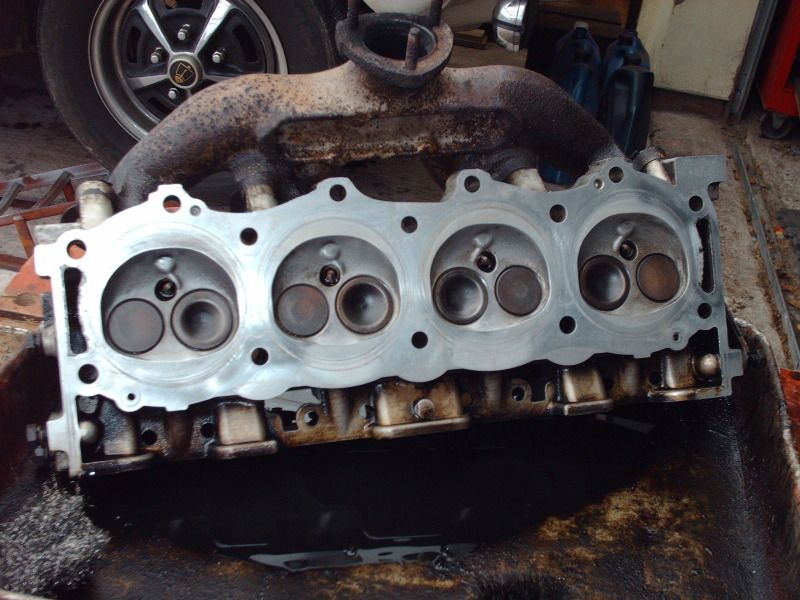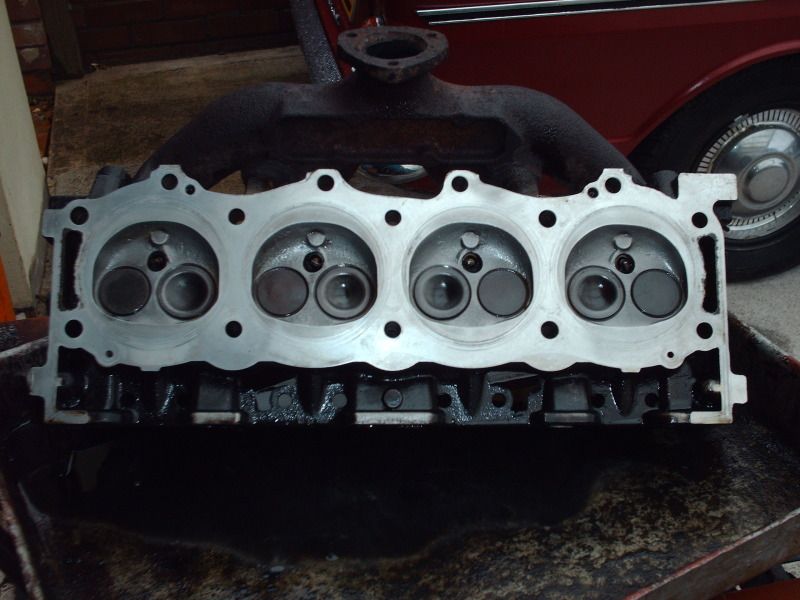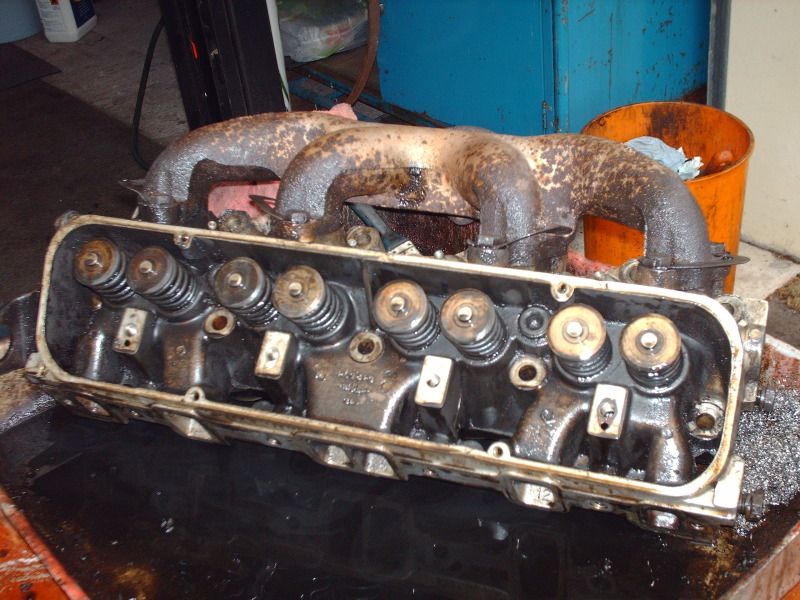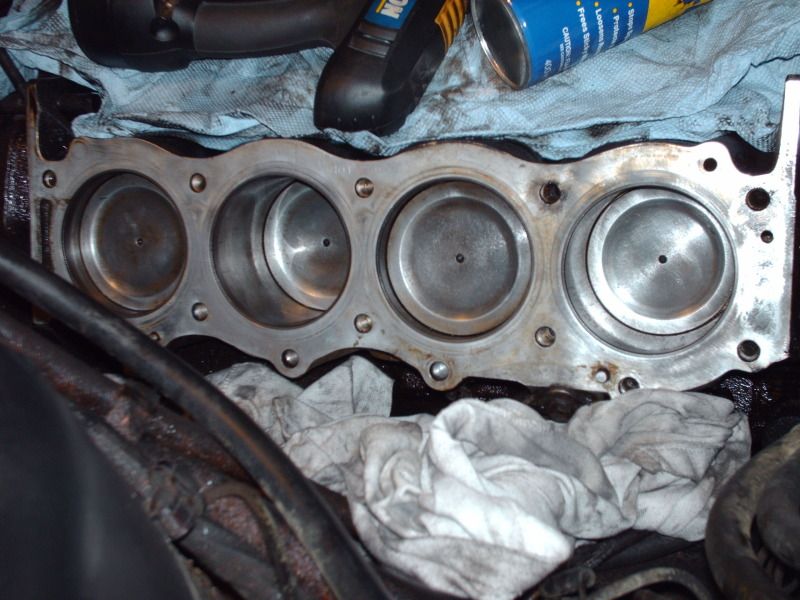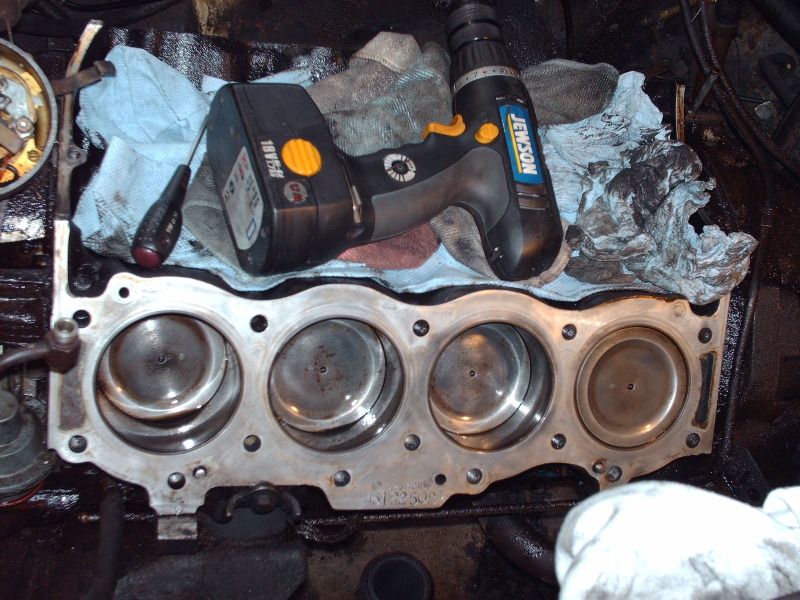Pilkie
Active Member
Hi Ron.
I havent decided which approach I will use yet,but if there is any slight hint of pitting on the head surface,that doesnt warrant a skim,I will probably use a sealant as well!
Fortunately I do have a pair of spare heads,and a complete good engine.
Will look at headsets at a show I am going to next weekend,although I do have a couple in stock,,I think?
Hi Scott.
There has been an ongoing problem with a minor build up of pressure for a while,and ive not been able to pinpoint which of the 8 cyls its being caused by!
Its not caused any problems till now!
I know its not the thermostat as I changed that not long ago,and was getting the same symptoms after doing so.
Water pump was also replaced earlier this year due to a leak!
I am pretty sure its either a faulty gasket or if unlucky a crack in a head!
What I should of done is looked into each plug hole when I knew there was water in there,that would tell me the offending headgasket.
Its not much more work to replace both while its stripped down anyway!!
Its a good excuse for a good clean up,decoke,repaint the heads and rocker covers, inlet manifold etc and sort out the front crankseal that I think is leaking!
Just need to make sure I can get the TR6 in and out of the garage if I need to go anywhere!
I havent decided which approach I will use yet,but if there is any slight hint of pitting on the head surface,that doesnt warrant a skim,I will probably use a sealant as well!
Fortunately I do have a pair of spare heads,and a complete good engine.
Will look at headsets at a show I am going to next weekend,although I do have a couple in stock,,I think?
Hi Scott.
There has been an ongoing problem with a minor build up of pressure for a while,and ive not been able to pinpoint which of the 8 cyls its being caused by!
Its not caused any problems till now!
I know its not the thermostat as I changed that not long ago,and was getting the same symptoms after doing so.
Water pump was also replaced earlier this year due to a leak!
I am pretty sure its either a faulty gasket or if unlucky a crack in a head!
What I should of done is looked into each plug hole when I knew there was water in there,that would tell me the offending headgasket.
Its not much more work to replace both while its stripped down anyway!!
Its a good excuse for a good clean up,decoke,repaint the heads and rocker covers, inlet manifold etc and sort out the front crankseal that I think is leaking!
Just need to make sure I can get the TR6 in and out of the garage if I need to go anywhere!







